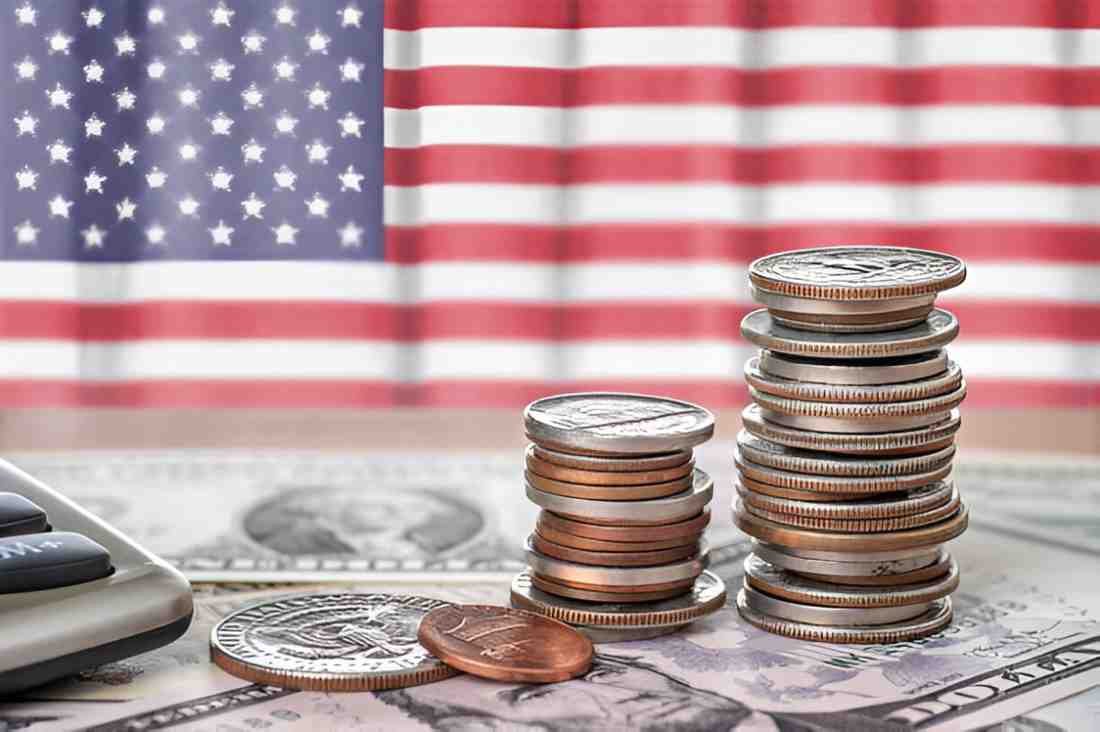As a finance expert, I often analyze mutual funds to help investors make informed decisions. Today, I examine American Century High Income Y (AHIYX), a high-yield bond fund designed for income-seeking investors. I explore its strategy, performance, risks, and how it compares to alternatives.
Table of Contents
Understanding High-Yield Bond Funds
High-yield bond funds invest in corporate debt with lower credit ratings (below BBB- by S&P or Baa3 by Moody’s). These “junk bonds” offer higher yields to compensate for increased default risk.
The American Century High Income Y fund focuses on:
- Corporate bonds (80%+ of holdings)
- Diversification across sectors
- Active management to mitigate risk
Key Metrics of AHIYX
| Metric | Value |
|---|---|
| Expense Ratio | 0.70% |
| 12-Month Yield | 5.25% |
| Average Credit Rating | B |
| Duration | 4.2 years |
| Assets Under Management (AUM) | $2.8B |
Performance Analysis
Historical Returns
The fund has delivered consistent income, but its total return depends on market conditions. Over the past 5 years, AHIYX returned 4.8% annually, slightly below the Bloomberg U.S. Corporate High Yield Index’s 5.1%.
Total Returns (Annualized)
| Period | AHIYX | Benchmark |
|---|---|---|
| 1-Year | 6.2% | 6.5% |
| 3-Year | 3.9% | 4.2% |
| 5-Year | 4.8% | 5.1% |
Risk-Adjusted Performance
Using the Sharpe Ratio, we assess risk-adjusted returns:
Sharpe\ Ratio = \frac{R_p - R_f}{\sigma_p}Where:
- R_p = Portfolio return
- R_f = Risk-free rate (e.g., 10-year Treasury yield)
- \sigma_p = Portfolio volatility
For AHIYX:
- R_p = 4.8\%
- R_f = 2.5\%
- \sigma_p = 8.1\%
A Sharpe Ratio of 0.28 suggests moderate risk-adjusted performance.
Portfolio Composition
Credit Quality Breakdown
| Rating | Allocation |
|---|---|
| BB | 35% |
| B | 48% |
| CCC & Below | 12% |
| Cash | 5% |
Sector Allocation
| Sector | Weight |
|---|---|
| Healthcare | 18% |
| Energy | 15% |
| Consumer Discretionary | 22% |
| Industrials | 20% |
| Technology | 10% |
Costs and Fees
The 0.70% expense ratio is competitive for actively managed high-yield funds. However, passive ETFs like HYG (iShares High Yield Corporate Bond ETF) charge 0.49%.
Fee Impact Over Time
Assume a $10,000 investment over 10 years with a 6% annual return:
Future\ Value = P \times (1 + (r - f))^nWhere:
- P = \$10,000
- r = 6\%
- f = 0.70\%
- n = 10\ years
With a 0.49% fee (HYG):
Future\ Value = 10,000 \times (1 + (0.06 - 0.0049))^{10} = \$17,103The $252 difference highlights fee sensitivity.
Risks to Consider
- Credit Risk – Lower-rated bonds have higher default probabilities.
- Interest Rate Risk – Rising rates reduce bond prices.
- Liquidity Risk – Junk bonds trade less frequently.
Default Probability Example
A B-rated bond has a 5-year cumulative default probability of ~15%. If the fund holds 50 such bonds, 7-8 may default.
Tax Considerations
Since interest from high-yield bonds is taxable, AHIYX is best held in:
- Tax-deferred accounts (IRA, 401(k))
- Taxable accounts only if seeking current income
Alternatives to AHIYX
Comparison Table
| Fund | Expense Ratio | Yield | Credit Quality |
|---|---|---|---|
| AHIYX | 0.70% | 5.25% | B |
| HYG | 0.49% | 5.10% | BB |
| SPHY (SPDR Portfolio High Yield Bond ETF) | 0.10% | 5.30% | B |
| FAGIX (Fidelity Capital & Income) | 0.67% | 5.50% | B |
Final Thoughts
American Century High Income Y (AHIYX) suits investors seeking steady income with moderate risk tolerance. Its active management helps navigate credit risks, but fees slightly erode returns.





